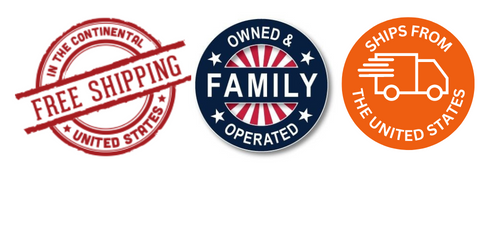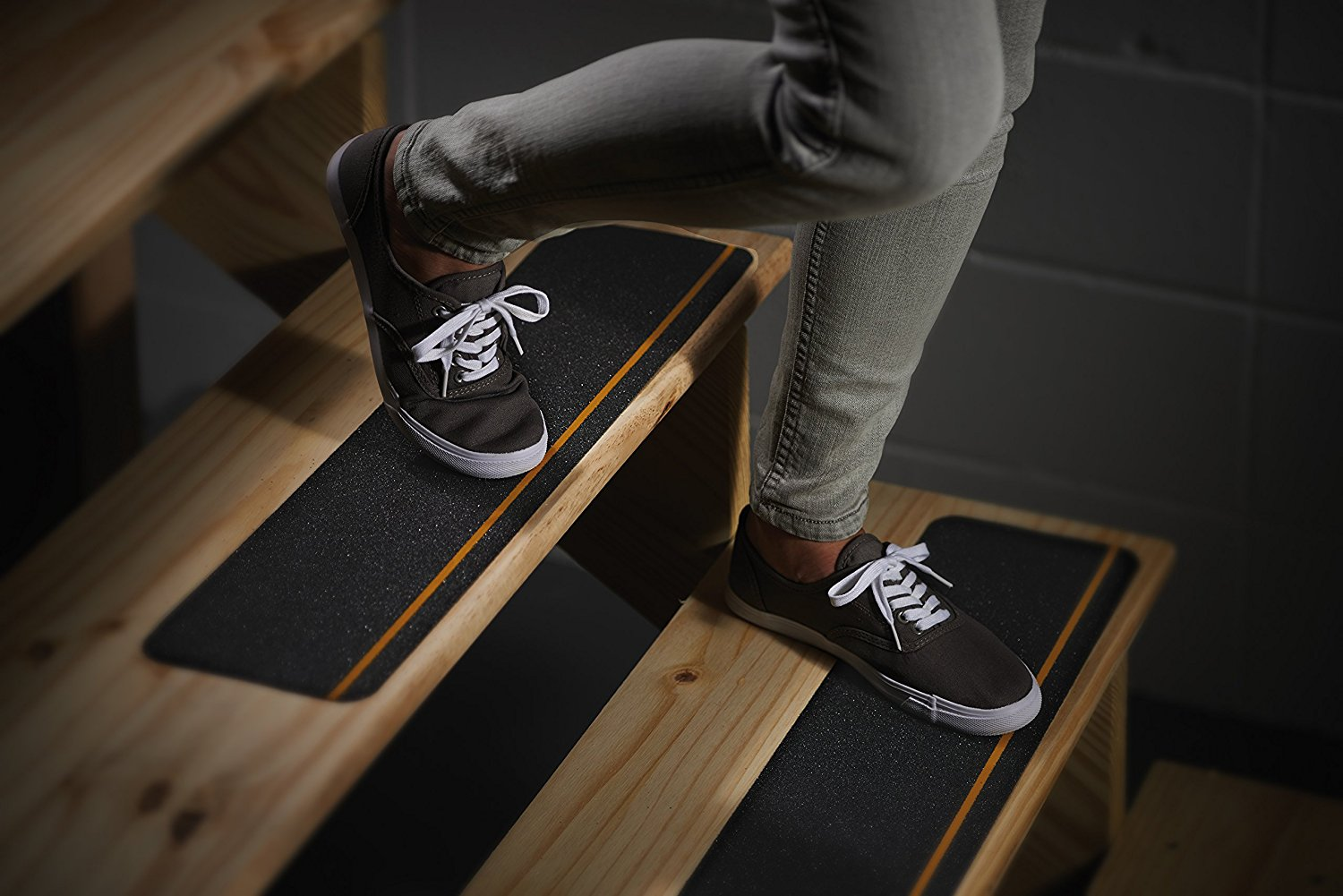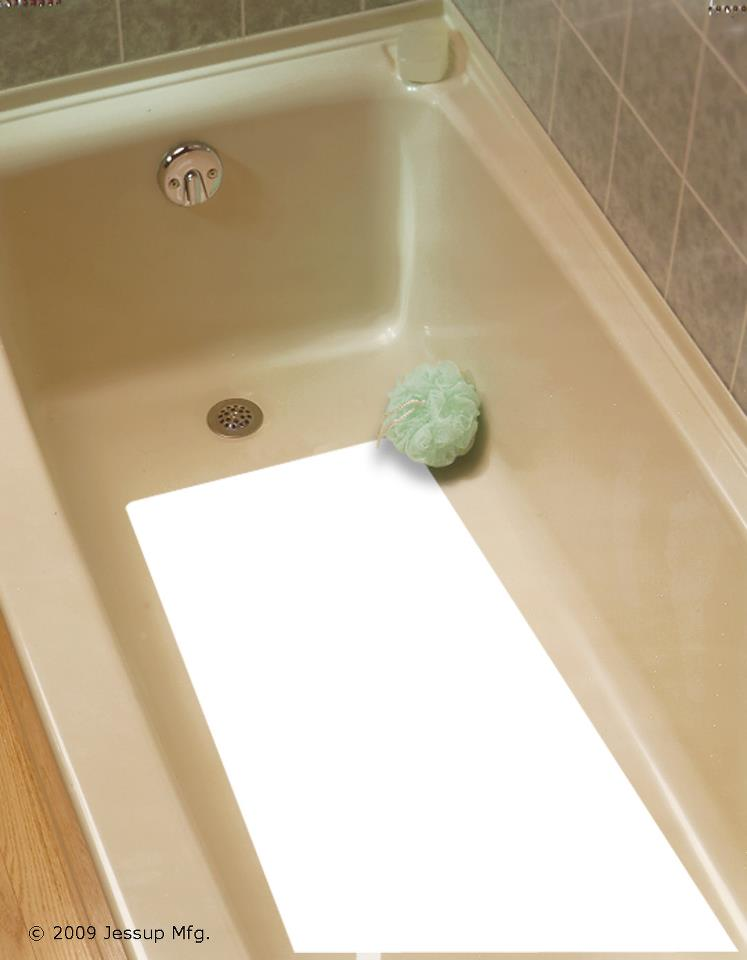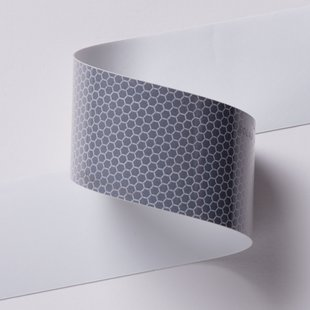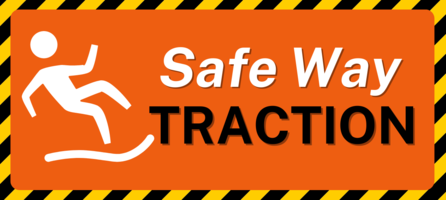To help keep your employees safe and your business free from litigation, every business owner should be aware of the hazard categories that can affect your workplace and take steps to minimize your risks.
1. Acceleration: This is just a fancy term for “fall” hazard. Acceleration happens when we speed up or slow down too quickly. Hazards from deceleration and impact, especially from falls are one of the most common type of workplace injury.
2. Biohazards: Hazards of harmful bacterial, viruses, fungi, and molds are airborne or bloodborne.
3. Chemical reactions: Chemical reactions can be violent, and can cause explosions, dispersion of materials and emission of heat.
4. Electrical: There are six basic electrical hazards: shock, ignition, heating/overheating, inadvertent activation (unexpected startup), failure to operate, and equipment explosion.
5. Ergonomics: The nature of the work being done may include force, posture, position of operation characteristics that require hazardous lifting, lowering, pushing, pulling, and twisting.
6. Explosives and explosions: Explosions result in quick (instantaneous) releases of gas, heat, noise, light and over-pressure. Most explosive accidents are caused by explosions of combustible gases.
7. Mechanical hazards: Tools, equipment, machinery and any object may contain pinch points, sharp points and edges, weight, rotating parts, stability, ejected parts and materials that could cause injury.
8. Pressure: Increased pressure in hydraulic and pneumatic systems. Pressure may cause ruptures in pressure vessels, whipping hoses. Small high-pressure leaks may cause serious injuries.
9. Toxins: Materials that in small amounts may cause injury to skin and internal organs are considered toxic. Toxins may enter through inhalation, ingestion, absorbed or injected.
10. Vibration/Noise: Produce adverse physiological and psychological effects. Whole-body vibration is a common hazard in the trucking industry. Segmental vibration and noise hazards exist when working with equipment, such as jack hammers.
